News
The Evolution of CO₂ Training Tables
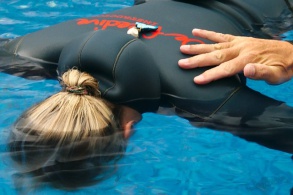
With influences from Ben Noble, Sarah Whitcher, Yann Dumas and Walter Johnson
In this article, we take a look at alternative ways of thinking about CO₂ tables by questioning the basic assumptions of the below example and exploring the opportunities we can derive from our answers.
If you have been in one of our advanced courses, you will already have trained using our re-thought CO₂ tables. We have added a little more thought to keep you from getting bored. Look at the minimum overall hold time towards the end of the article.
| Breathe-up | Hold |
| 2:00 | 2:00 |
| 1:45 | 2:00 |
| 1:30 | 2:00 |
| 1:15 | 2:00 |
| 1:00 | 2:00 |
| 0:45 | 2:00 |
| 0:30 | 2:00 |
| 0:15 | 2:00 |
The mother of all CO₂ tables.
We all have probably seen this ancient[ancient] prototype of a CO₂ table and likely used it or one very much like it for our first training sessions. It has apparently been the basis for all CO₂ training apps I have seen on smartphones or computers, and is featured in most freediving course curricula.
In order to structure what we are going to do, let us first define the goal we are pursuing.
What is the Purpose of a CO₂ Table?
A common definition of CO₂ Tables:
A CO₂ Table is a sequence of breath holds which increases the amount of CO₂ with each hold in order to train the physical and mental tolerance to increased CO₂ levels in the body.
While other definitions are possible, this one is useful for our purposes and it will be the basis for our thought experiment.
How can a sequence of breath holds best achieve this goal? In order to train an atomic skill in any sport, we want to remove as many other factors as possible in order to facilitate focus on the one skill at hand. This suggests that we best train CO₂ tolerance in static breath holds, possibly even dry, which leaves us with only one other factor to think about: O₂. Once we have explored this possibility, we can go on to tackle dynamic CO₂ tables using the principles laid out in this article.
In order to make sure that we can focus on our experience of increased CO₂ levels, we want to make sure that our table is designed to ensure we never come close to hypoxia. We want the pure, worry-free CO₂ experience.
A CO₂ table exposes the diver to high CO₂ levels without getting near hypoxic states.
How can we now create a CO₂ table from scratch that will do that for us? First, let us think about the breathe-ups.
Considering Breathe-Ups
So we want a breathe-up that will always supply us with enough O₂ while retaining as much as possible of the CO₂ produced during the last breath hold. Let’s take a look at how the above table tries to achieve this goal.
In the classic example, the breathe-up decreases by a given amount of time (here 15 seconds) before each hold, and increases the amount of CO₂ retained only towards the end of the table. So we spend a lot of time exhaling our precious CO₂ that we came to collect in the first place.
So why am I not a fan of this approach? Time is precious[time] – I want to offer my students efficient training methods – and it is not a very useful unit to account for amounts of gas exchange.
How much gas do we exchange in 15 seconds? – That depends on how much we breathe in 15 seconds, which is defined by how deeply and how often we breathe. The above approach can only provide consistent results when we assume a constant breathing volume and -frequency. Those are big assumptions, especially given the influence of increased CO₂ levels, which will very likely increase breathing frequency and volume, especially in relatively inexperienced freedivers who are most likely to train CO₂ tables. Let us reduce the number of assumptions and provide definitions instead.
First, we define one breath to be a full breath. That means that every time we breathe, we exchange our full vital capacity of gas in our respiratory system.
Full exhale, full inhale.
Now let us ask two relevant questions:
How much CO₂ are we exhaling in our breathe-up?
To answer our first question, we can use a unit of measurement that is commonly present and stable enough for consistency and that we are using anyway: One full breath. On each full breath, we purge (yes, I know, purge …) exactly the CO₂ content of one lung full of air. One exhalation has thus become our unit of CO₂ reduction in our breathe-ups.
Count your full breaths to know how much you are breathing.
Having defined this in a simple, straightforward way, let us go on with the second question:
How much O₂ do we need for each breath hold?
That one is equally easy when we allow ourselves to let go of volumetric units. How many breaths does a freediver ever need for a dive? – Always just one. We do not really need to know more than that.
We know that we want the holds in our table to be far away from taking us into hypoxia, so one breath will be all we ever need to fully recover and prepare for the next hold. We will take a closer look at the effect this has on the holds below.
At this point it becomes clear where this is heading: The One-Breath Table. I was introduced to this training table when training with Ben Noble:
The Noble Table™ was much simpler to write down and much simpler to practise:
| Breathe-up | Hold | Repetitions |
| One breath | 1:15 | 8 |
(Yes, that means: Lift head out of water, exhale, inhale, head goes back in the water.)
Simple and effective. One breath is enough, a 1:15 hold is definitely not taxing, our time in the water is dramatically reduced and we get good exposure to high CO₂ levels quite quickly.
But what if we want more CO₂? Can we tune this table to give us more CO₂ or save even more time? If it’s just to let out the freediving geek in us?
Yes we can.
Considering Holds
To further work on the efficiency of our CO₂ table, we can start to think about the holds themselves. Ben reduced them from two minutes to 1:15 initially, as these holds would become difficult enough very quickly. Some progress had been made.
The declared goal of our CO₂ table is to spend lots of time at high CO₂ levels with minimal overhead. The one breath interval makes sure that we retain the maximum amount of CO₂ in between holds, now let us see if we can also base the holds on the CO₂ exposure instead of a given, fixed breath hold time.
Looking at the classic example above, we find that during the first few dives, we will spend most of our time cruising and we do not get to experience a lot of high CO₂, simply because we have been exhaling most of it in our long breathe-ups. Contractions will probably only come into play in hold number two, possibly even later.
How useful is time before contractions in a CO₂ table? Not very. No contractions means we have too little CO₂ to train our tolerance to it – we are wasting out time. Would we like a guaranteed CO₂ exposure on each dive? Sure, that is why we are here, after all!
So we go on to define a hold by the time spent with high CO₂ (i.e. contractions) and our table will look something like this:
| Breathe-up | Hold | Repetitions |
| One breath | 1st contraction + 0:45 | 8 |
See that? We get 45 seconds of contractions guaranteed on each and every hold. Effective training right from the first dive.
So what about safety? We still want to make sure that our dives don’t get too close to hypoxia. Well, let’s take a look at what the holds in this particular table would roughly look like when performed:
| # | 1st contraction | total dive time |
| 1 | ~2:30 | 3:15 |
| 2 | ~2:00 | 2:45 |
| 3 | ~1:00 | 1:45 |
| 4 | ~0:30 | 1:15 |
| 5 | ~0:20 | 1:05 |
| 6 | ~0:10 | 0:55 |
| 7 | ~0:10 | 0:55 |
| 8 | ~0:10 | 0:55 |
What happens here, is that the overall dive time decreases as the CO₂ level increases, simply because our contractions come on sooner with each hold[headspace]. Our safety margin is expanding the tougher the holds get (and they do get tough), which means that we can relax more and more and focus on our task, knowing that we are really doing quite short holds each time.
What if we want more?
Enter the Dumas Extension™: While brainstorming on these, Yann Dumas found that the last few dives in this table were really a waste of our efforts. He pointed out that a one-minute dive was quite short and we could easily and safely add a few seconds of extra CO₂ to the last few dives, giving us extra time with contractions still with a broad safety margin. – Bonus! This allows us to define a minimum duration of our dives, which we can derive from our level of training:
| Breathe-up | Hold | Repetitions |
| One breath | 1st contraction + 0:60s, min dive time 1:15 | 8 |
We now have a simple, solid table that gives us safe breath holds, loads of CO₂ and is easily adjustable for our needs and level of training. We simply give a signal to our buddy when we have our first contraction and our buddy will count us down and take care of the rest. We just sit it out.
What’s not to like? – Well, I always try to get rid of the need for stop watches wherever I can. After all, I want to train my body, not my watch. So how could we go about getting rid of the stop watch?
How can we measure the amount of CO₂ we have been exposed to in a single dive?
Again, we are looking at a useful answer for our training, not necessarily a volumetric one. To answer this, we can – again – take a look at the reality of performing one of these tables and we will find one very prominent feature: Contractions.
As a variation on this theme, we can count our contractions instead of timing them, so we end up with something like this:
| Breathe-up | Hold | Repetitions |
| One breath | 25 contractions | 8 |
Now, that is nice and simple. We can capture the essence of this table very quickly (it’s a 25 x 8, right?) we don’t need any additional hardware. And, yes, we still want a buddy as soon as we are in the water.
Facit
Removing time from the equation and using our breaths and contractions as units of measurement allows us to focus on the objective of experiencing high levels of CO₂. We can dramatically increase the efficiency and safety margin of CO₂ tables, spending less time in the water with more CO₂ exposure.
To try it out, start with any of these variations and take it from there:
| Breathe-Up | Hold | Repetitions | |
| Example 1 | One Breath | 1st contraction + 45s | 8 |
| Example 2 | One Breath | 1st contraction + 60s, minimum duration 1:15 | 8 |
| Example 3 | One Breath | 25 contractions | 8 |
| The Whitcher™ | One Breath | 1st contraction + 60 | until you cry |
Pro Tips:
- If you are worried about the overall duration of the first hold, just keep that one a bit shorter, no problem. You should not hit a personal best in a CO₂ table.
- You have one breath. Breathe sloooowly. Really. — Slow exhale, slow inhale. Take a few seconds for each. It will feel much better than breathing in and out quickly.
- Have your buddy count your dives and coach you. Especially dives 3 and 4 tend to be tricky. Have your buddy talk you through them.
- Once you have wrapped your head around these static tables, go on and apply the same principles to dynamic tables. – Think nothing but form and let your buddy count and coach. I recommend sticking to the same distance throughout the table. Best workout you’ve had in a while.
Ancient
Ancient in freediving terms, that is. The sport is still a very young one.
Measurement
Do we need to know this in litres or mol? I can not think how that would be of practical use in training, while it would be very interesting in research
Time
For some good thoughts on time and the mindset in freediving, here are some quotes from Momo by Michael Ende. A book well worth reading. Note how Beppo must be a freediver the way he describes his job.
Headspace
Interestingly, contractions do not set in instantly in the later dives, even with stupidly high CO₂ levels (try 1:15 x 15). Our headspace gives us some seconds of grace.
Wonka
These tables have been dubbed the “Wonka Tables” – Thank you, I guess. 🙂
Blogs
Join Pharaoh Dive Club for Red Sea Splash Family Summer Camp in August 2024
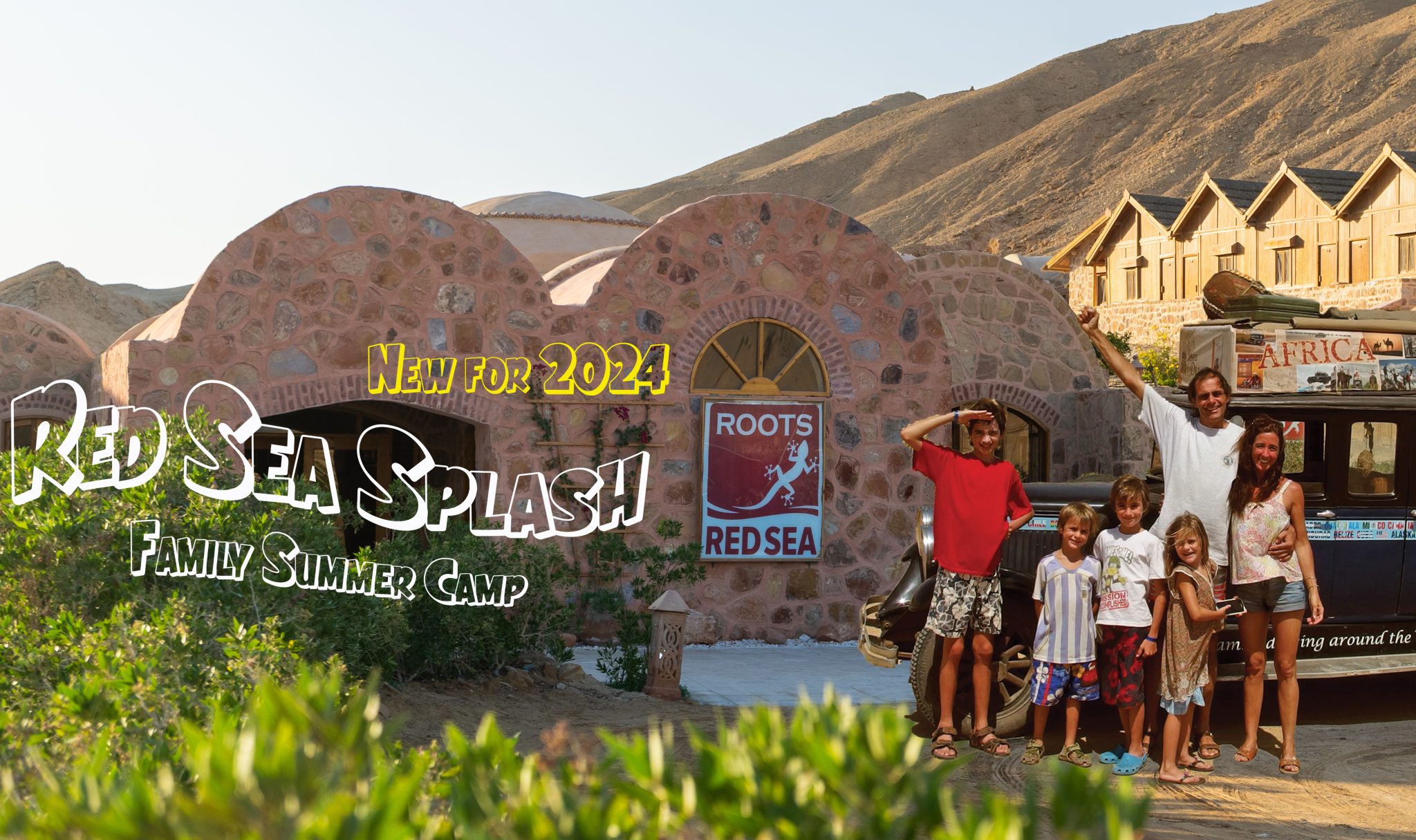
3rd AUGUST 2024 – 1 or 2 WEEK PROGRAMMES
Daily water programme with Snorkelling & Scuba Diving.
Beginners or qualified, something for all.
Leave the kids with the Splash Team for days of Excitement, Fun & Adventure!
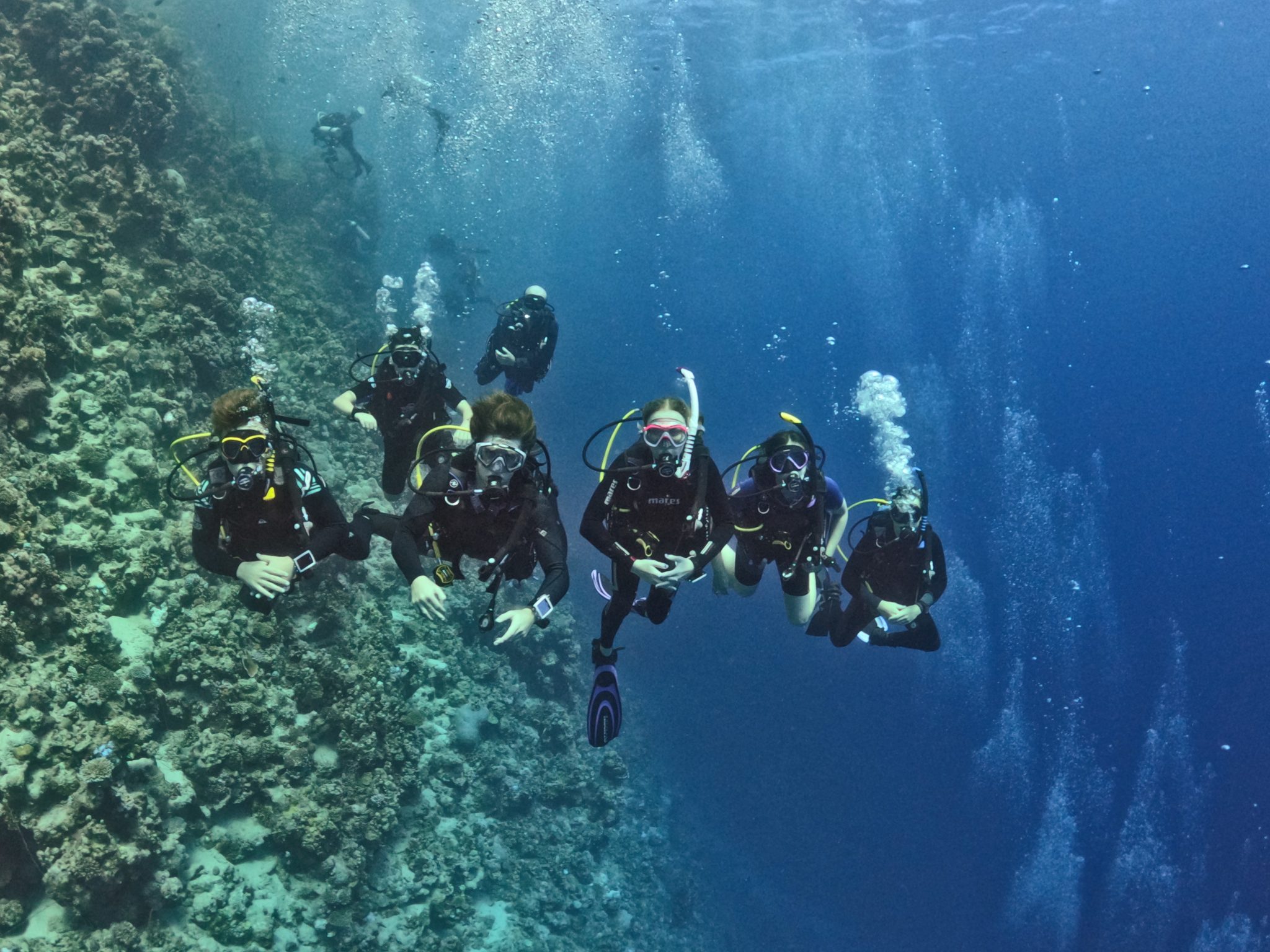
BOOK NOW: INFO@PHARAOHDIVECLUB.COM / TEL: +44 7598 329059 or +20 100 6822000
There are various options for accommodation with options for 2, 3, 4 or 5 guests.
Eco Huts provide accommodation for families of up to 4. The best option to enhance the adventure and closest to camping with basic facilities. For August we will provide central air cooling for all the Eco Huts.
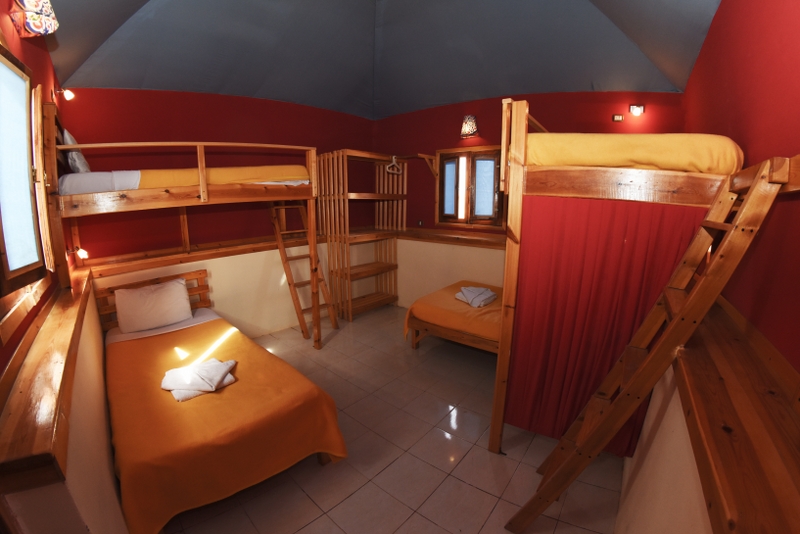
Deluxe Chalets are only suitable for 2 guests. Fully air conditioned rooms with private bathroom and other facilities.
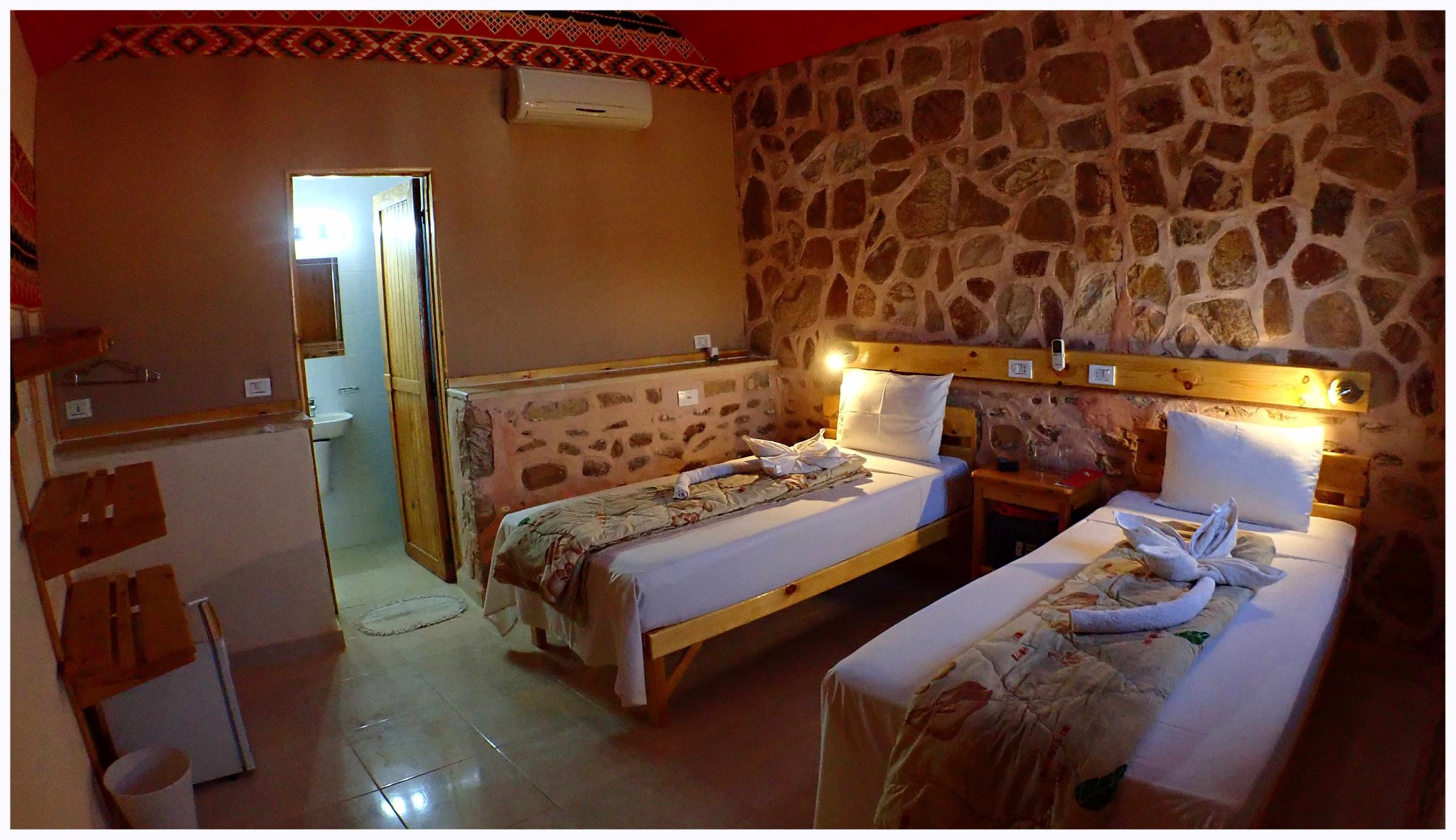
Boutique Rooms are available for families of up to 5.
Individual bespoke rooms fully air conditioned with private bathroom and other facilities.
Eco Huts: £675 per adult / £425 per child / Under 8 FREE of charge
Deluxe Chalet: £830 per adult / £505 per child / Under 8 FREE of charge
Boutique Room: £925 per adult / £550 per child / Under 8 FREE of charge
BOOK NOW: INFO@PHARAOHDIVECLUB.COM / TEL: +44 7598 329059 or +20 100 6822000
This is a truly unique opportunity to have a Family Desert Adventure totally away from it all! You will be based at the remote Roots Red Sea on the coast of the Egyptian Eastern Desert, 140km south of Hurghada city.
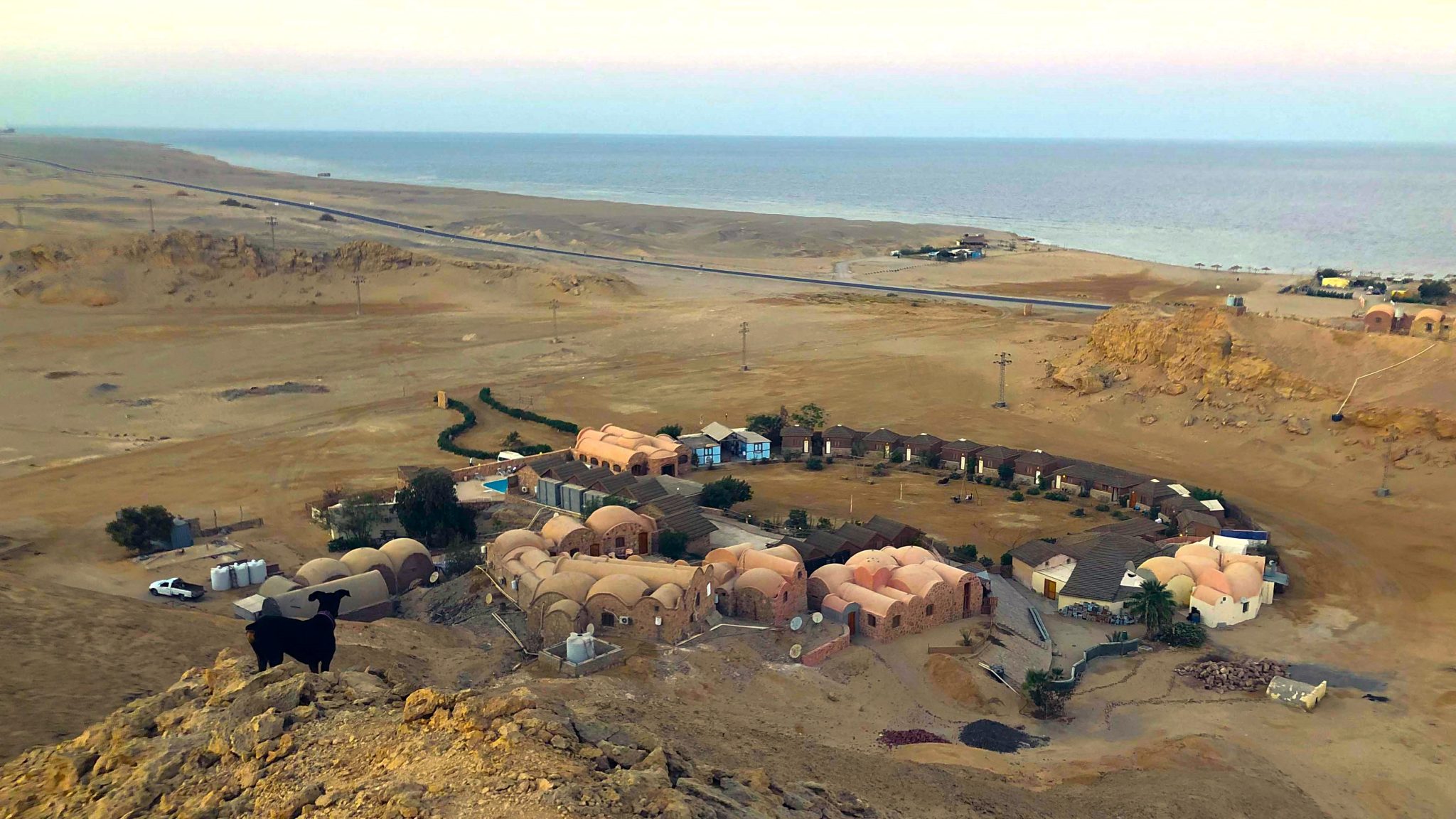
Red Sea Splash main focus is Snorkelling & Scuba Diving but that’s not all, we provide a rounded week of activities in support.
Pool& Field Games – Arts & Crafts
Marine Biology Workshops
Cultural Activities – Orienteering Adventures
Roots Red Sea have established strong links with the local communities of Hamerwain & El Quseir affording our guests to have a true taste of the local culture, SPLASH CAMP embraces this opportunity and bring in the local children to join in the fun with our adventure seekers.
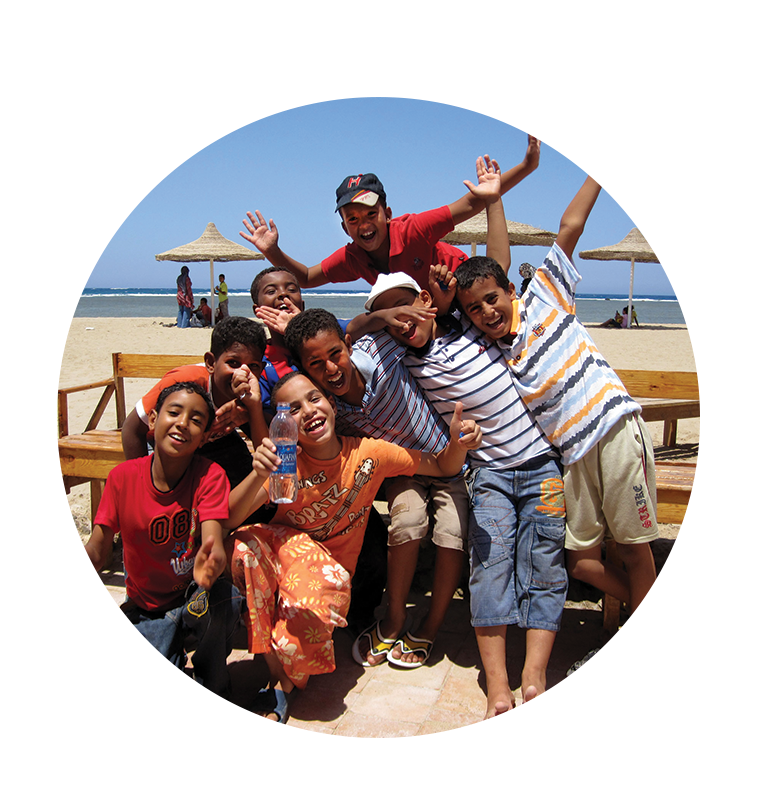
During the day, families are welcome to take part in all activities together or the kids can be left with the SPLASH CAMP team while the parents enjoy the facilities or go diving themselves!
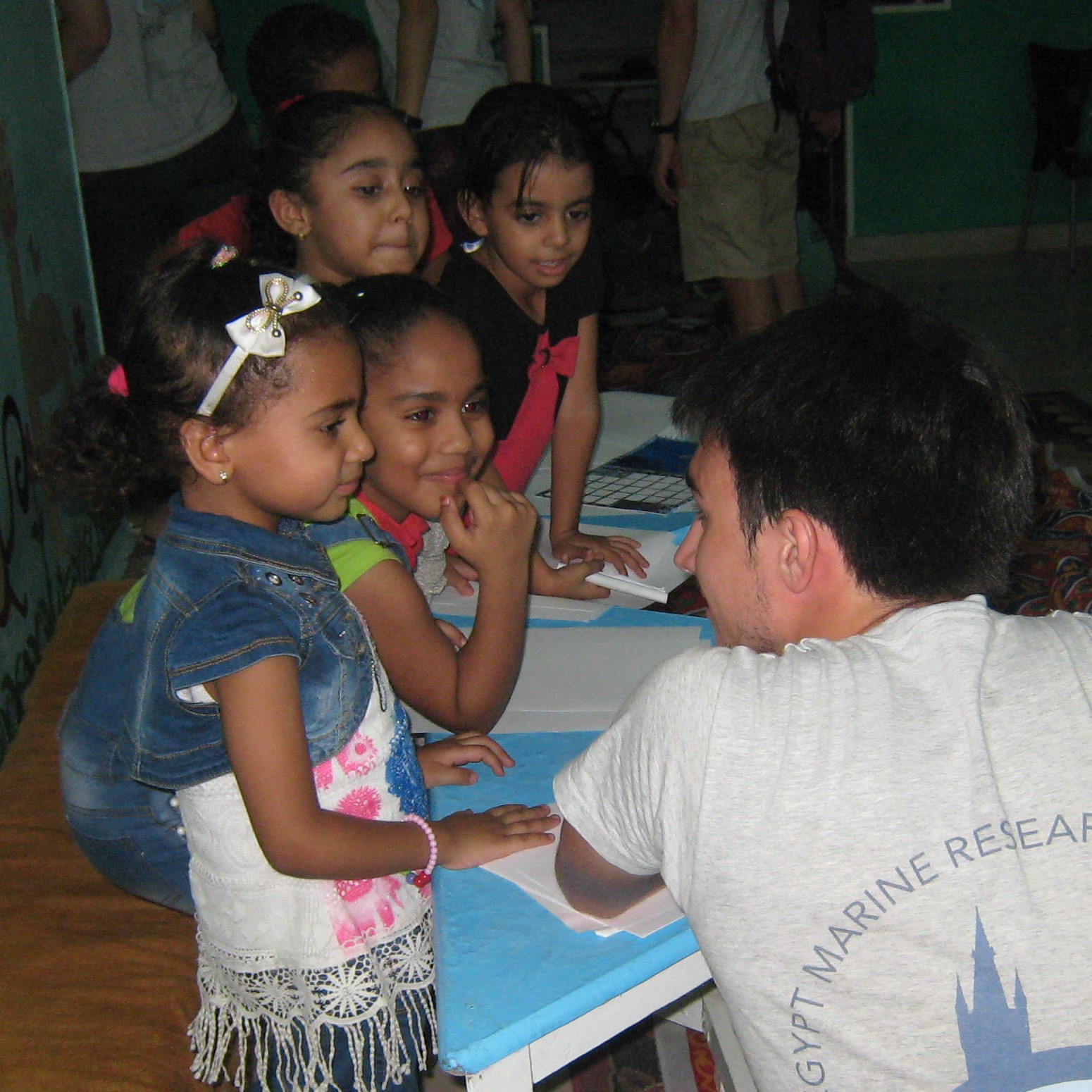
At the end of the day, its family time while the SPLASH CAMP team take a break. For those with the energy, there are family evening activities planned a few evenings.
Open Air Movie Night – Desert Star Gazing Walk & Talk
El Quseir Evening City Tour
The second week is very special, we head off on the Big Blue for a liveaboard safari around Fury Shoals.
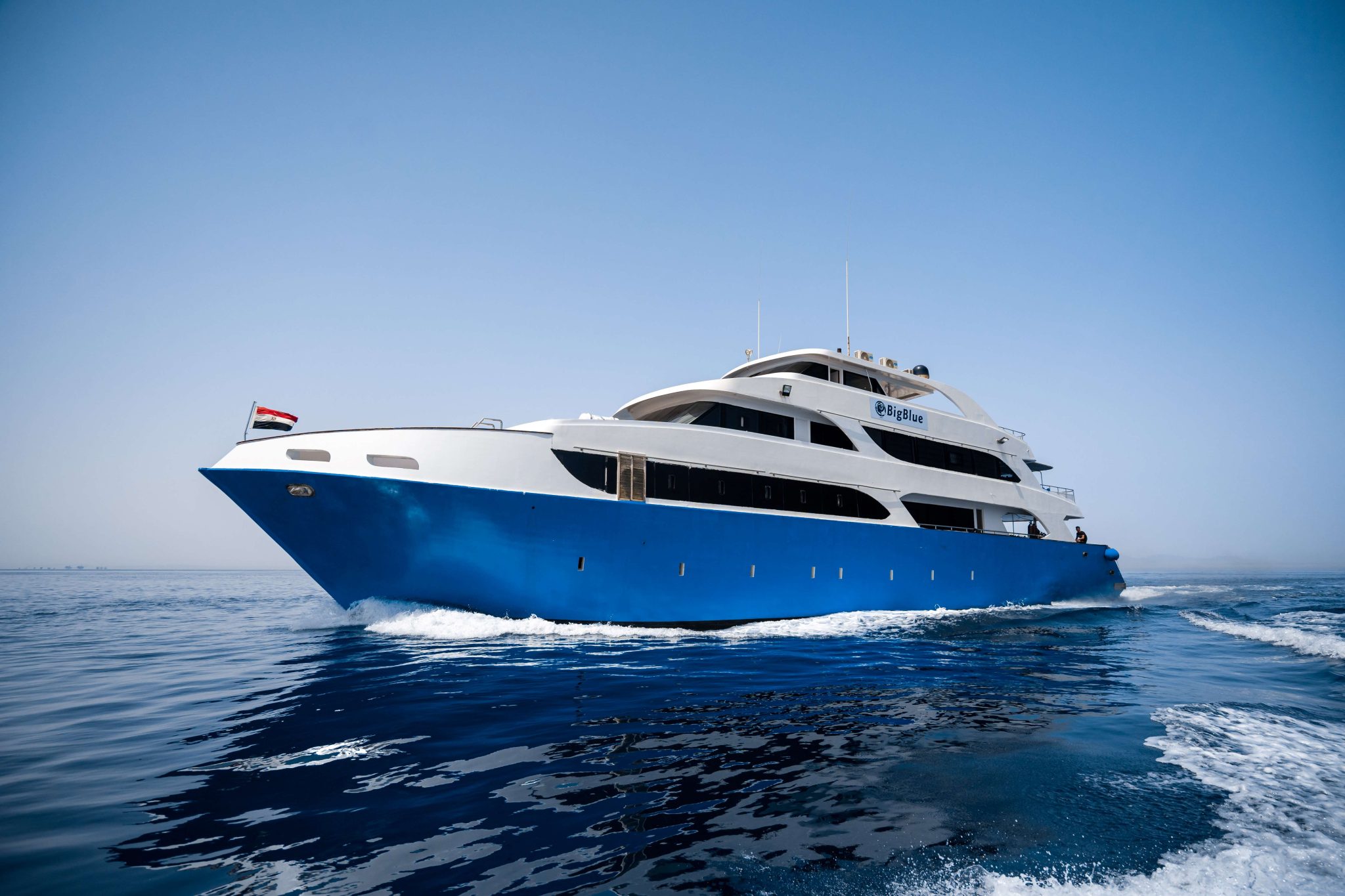
BOOK NOW: INFO@PHARAOHDIVECLUB.COM / TEL: +44 7598 329059 or +20 100 6822000
U-8 Splash Club
Sadly we can’t offer Scuba Diving to the Splash Club but we can have lots of fun Snorkelling & Free Diving!
Splash Club includes:
Certified Snorkel Course – Marine ID Games – Intro to Free Diving
Arts & Craft Sessions – Adventure trails – Cultural Playtime – Pool Games
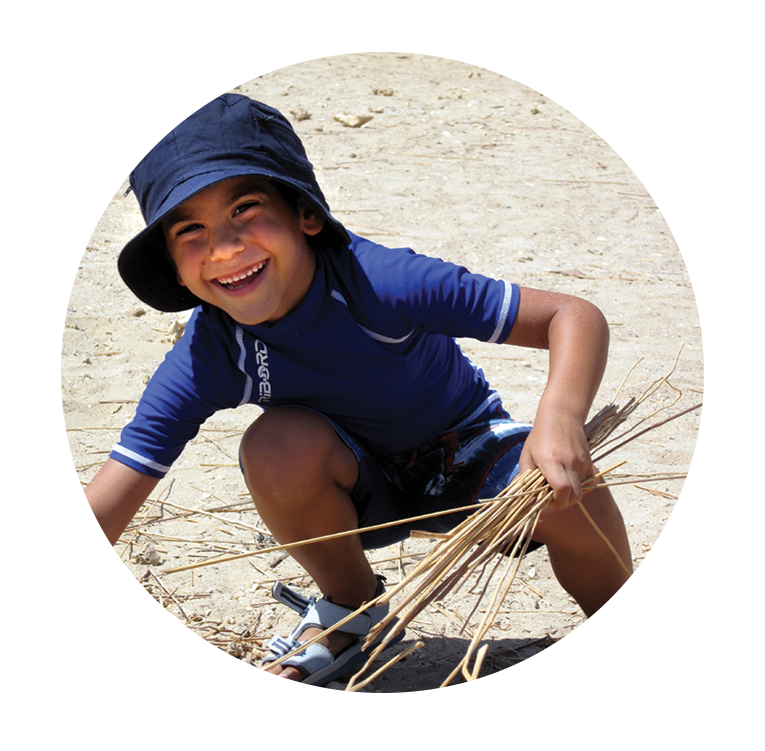
U-12 Explorer Club
In addition to an exciting snorkelling and Free Diving Programme in the Splash Club we can take you under the water on SCUBA to a whole new world of fun and wonder. If you are under 10 your first breath under water will be as a Bubblemaker and continue with daily Seal Team Missions. From 10 we will complete a Discover Scuba Diving experience in the amazing Red Sea. Alternatively we offer a full junior certification programme to become an international qualified Scuba Diver.
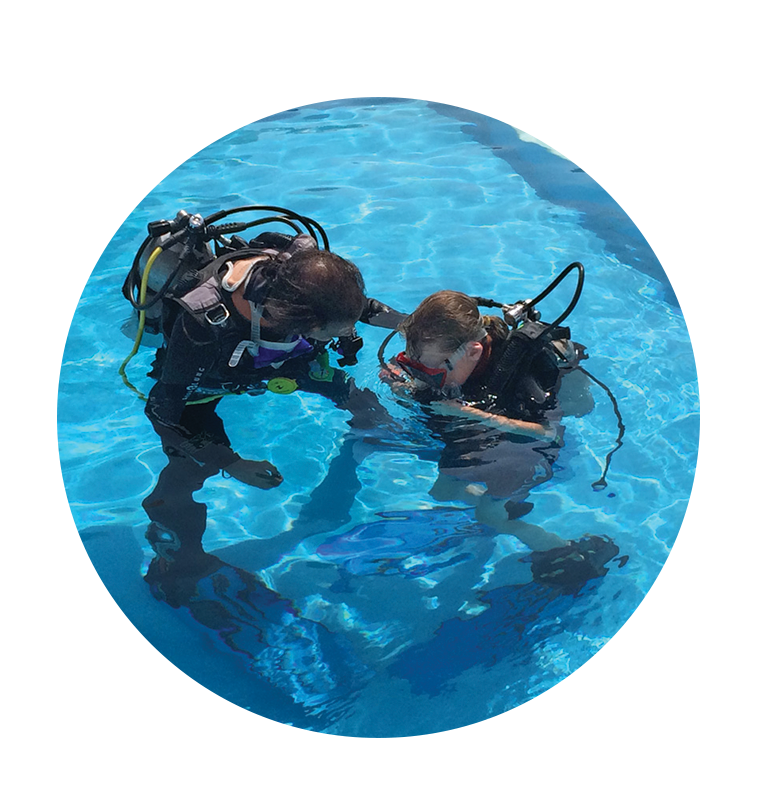
U-16 Adventurer Club
For qualified Scuba Divers regardless of age it’s the Adventurer Club and exploration of the local reefs and marine life. There will be 2 dives every day with the Open Ocean marine field station team who will introduce you to Red Sea marine life and workshops on marine research. Alternatively there are opportunities to continue your scuba diving certifications with our instructional team.
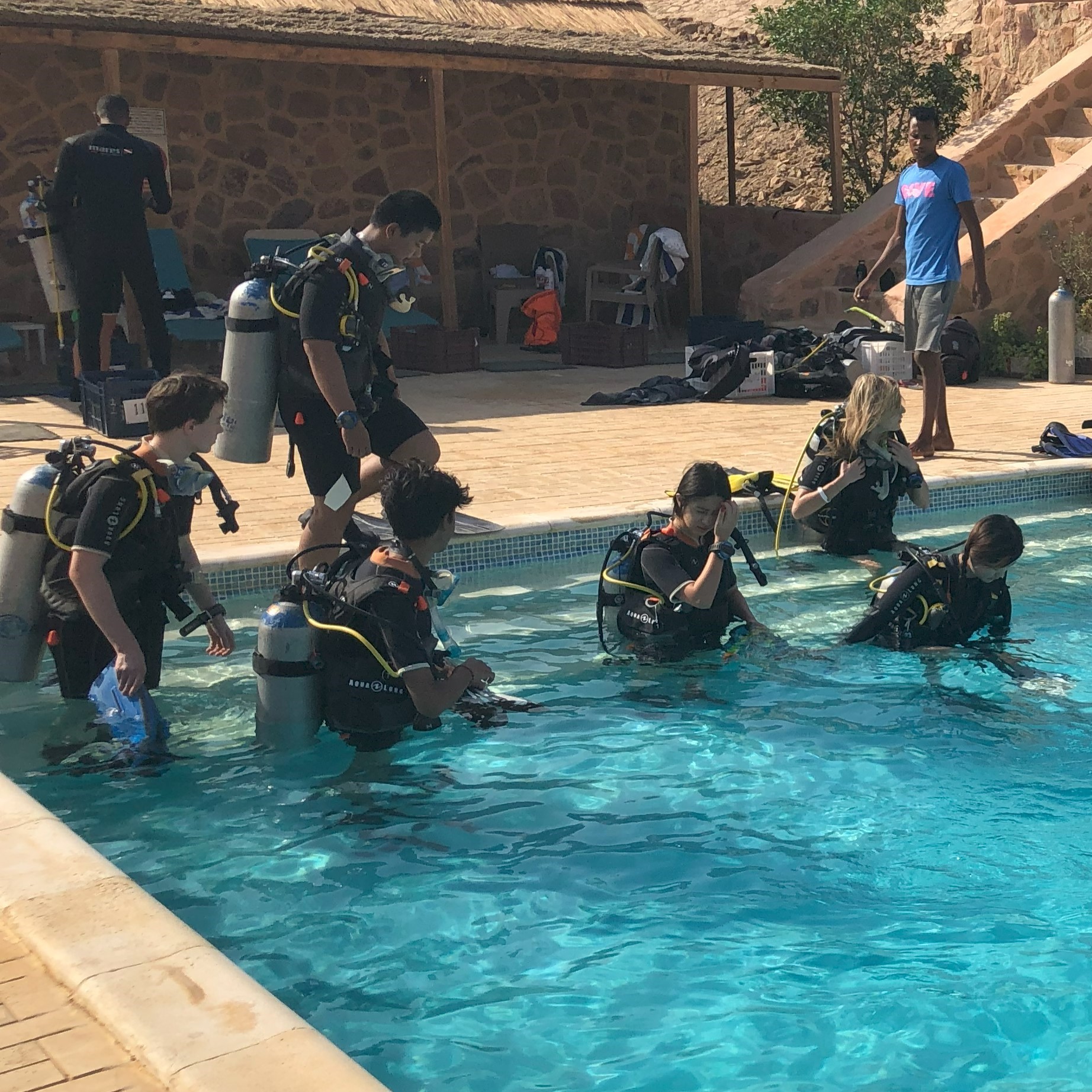
Parents are welcome to join the club activities and join the courses.
BOOK NOW: INFO@PHARAOHDIVECLUB.COM / TEL: +44 7598 329059 or +20 100 6822000
Big Blue might seem like the new kid on the block, but the team behind the highly acclaimed liveaboard is far from that. They have been running Red Sea safaris since the late 1980’s and were in fact part of the early pioneers who ventured out to the unknown on vessels that in today’s world, really shouldn’t have left the harbour! It’s that experience and the years of operating the award-winning Roots Red Sea resort which truly set Big Blue apart from the crowd!
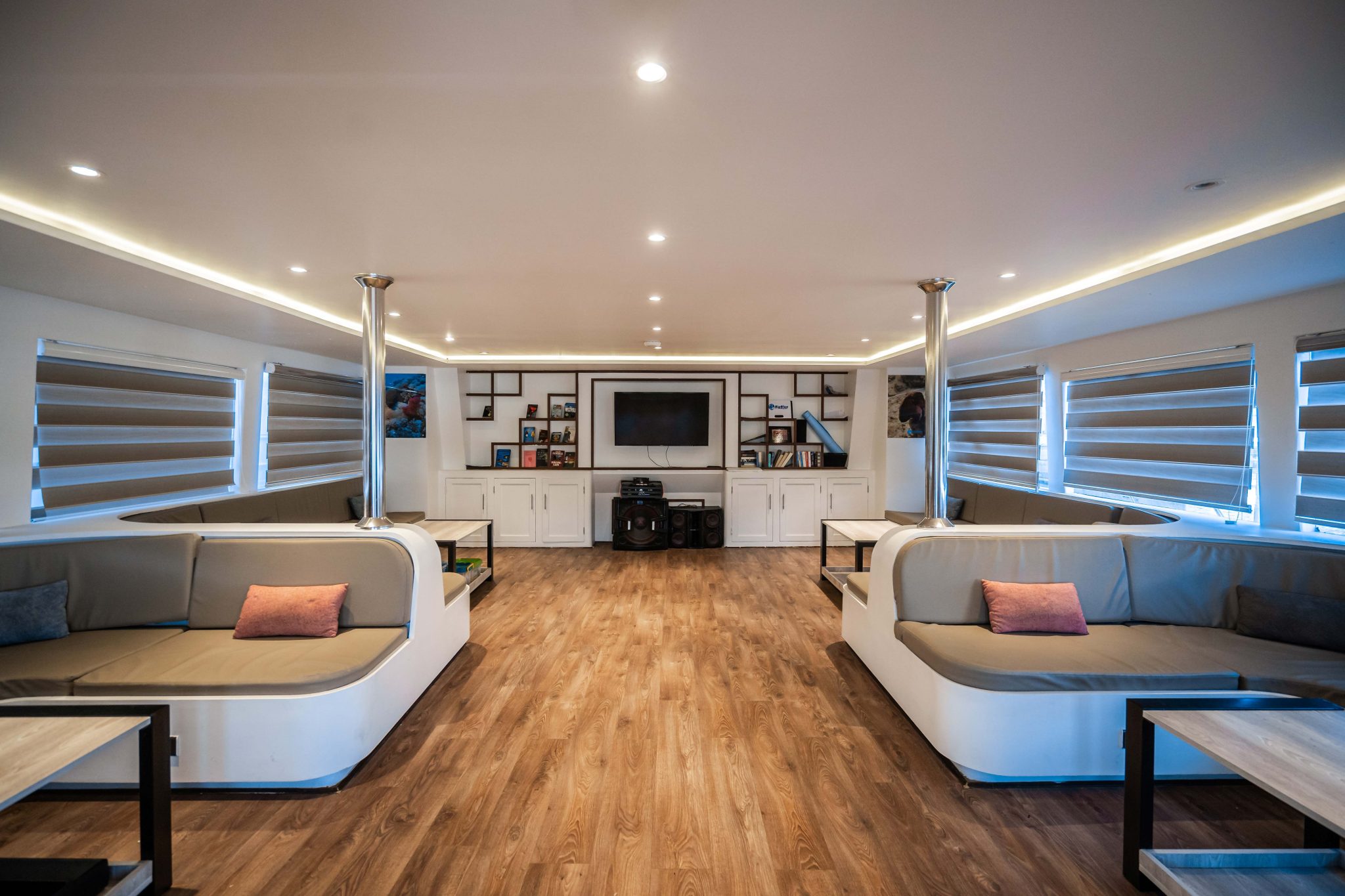
Large lounge area, spacious sun deck and terrace deck.
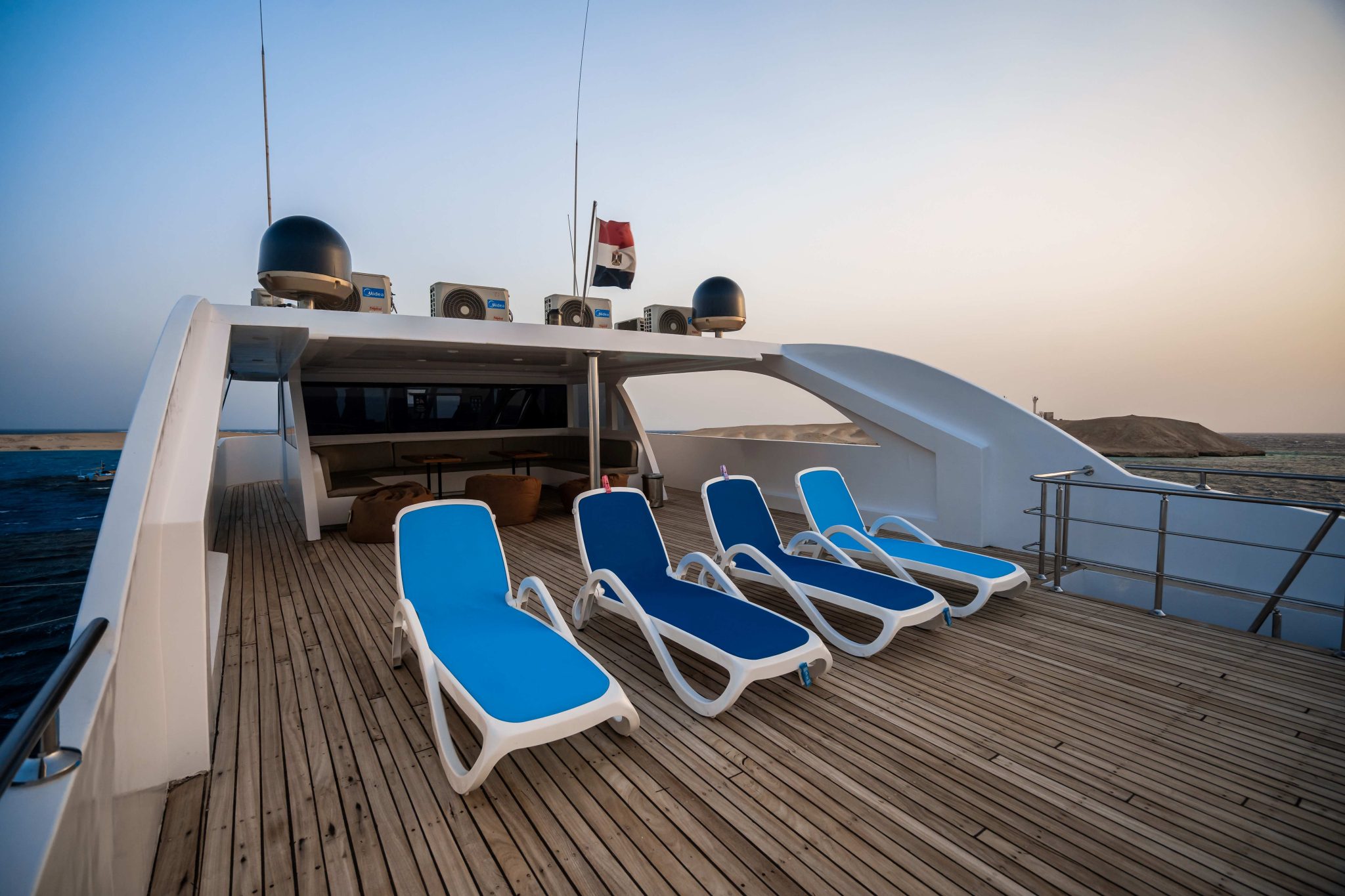
Airy restaurant with five tables with up to six chairs per table, serving a varied and delicious menu with special dietary requirements catered for.
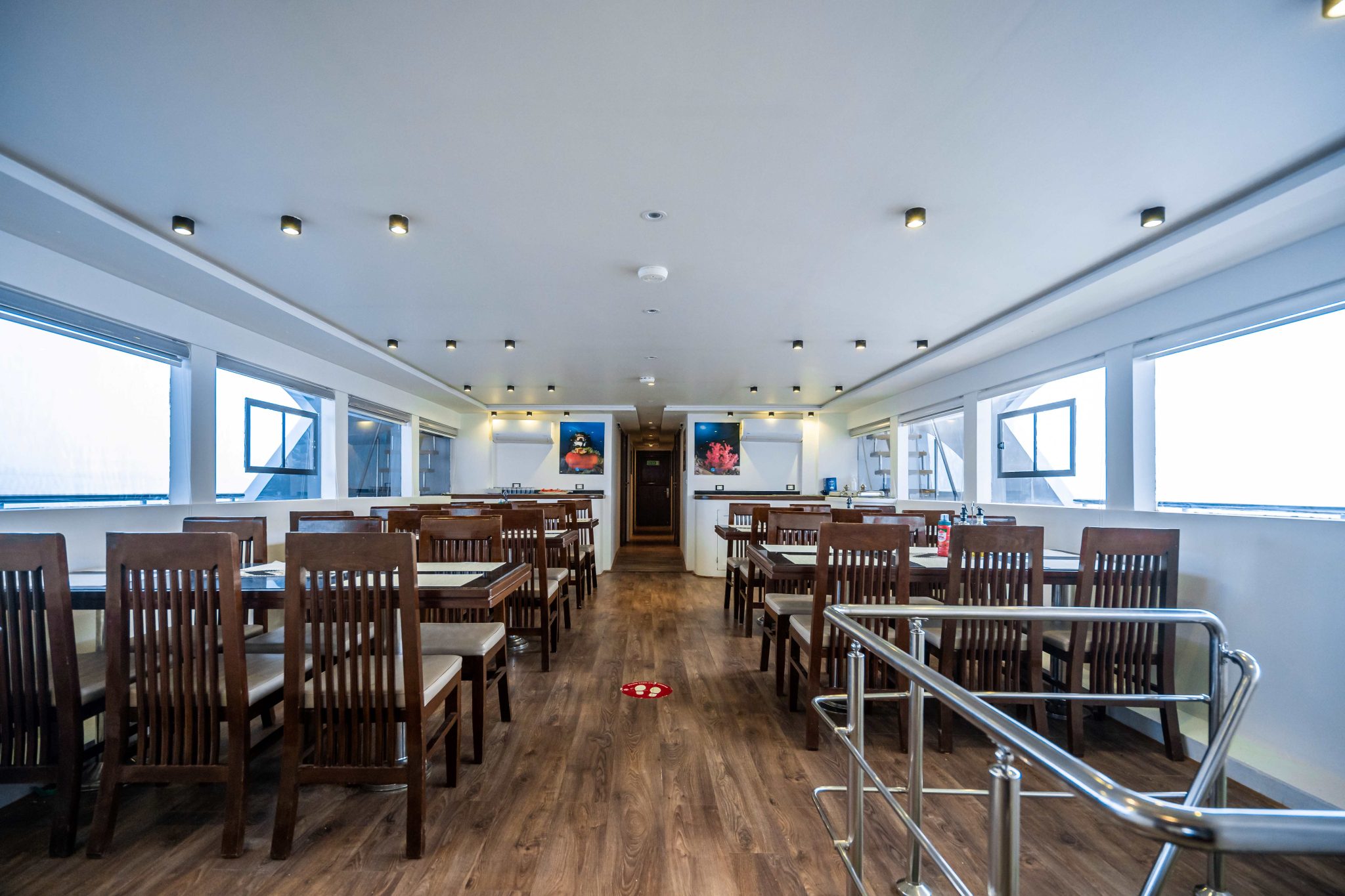
The spacious cabins have side by side beds and a large walk in wet bathroom.
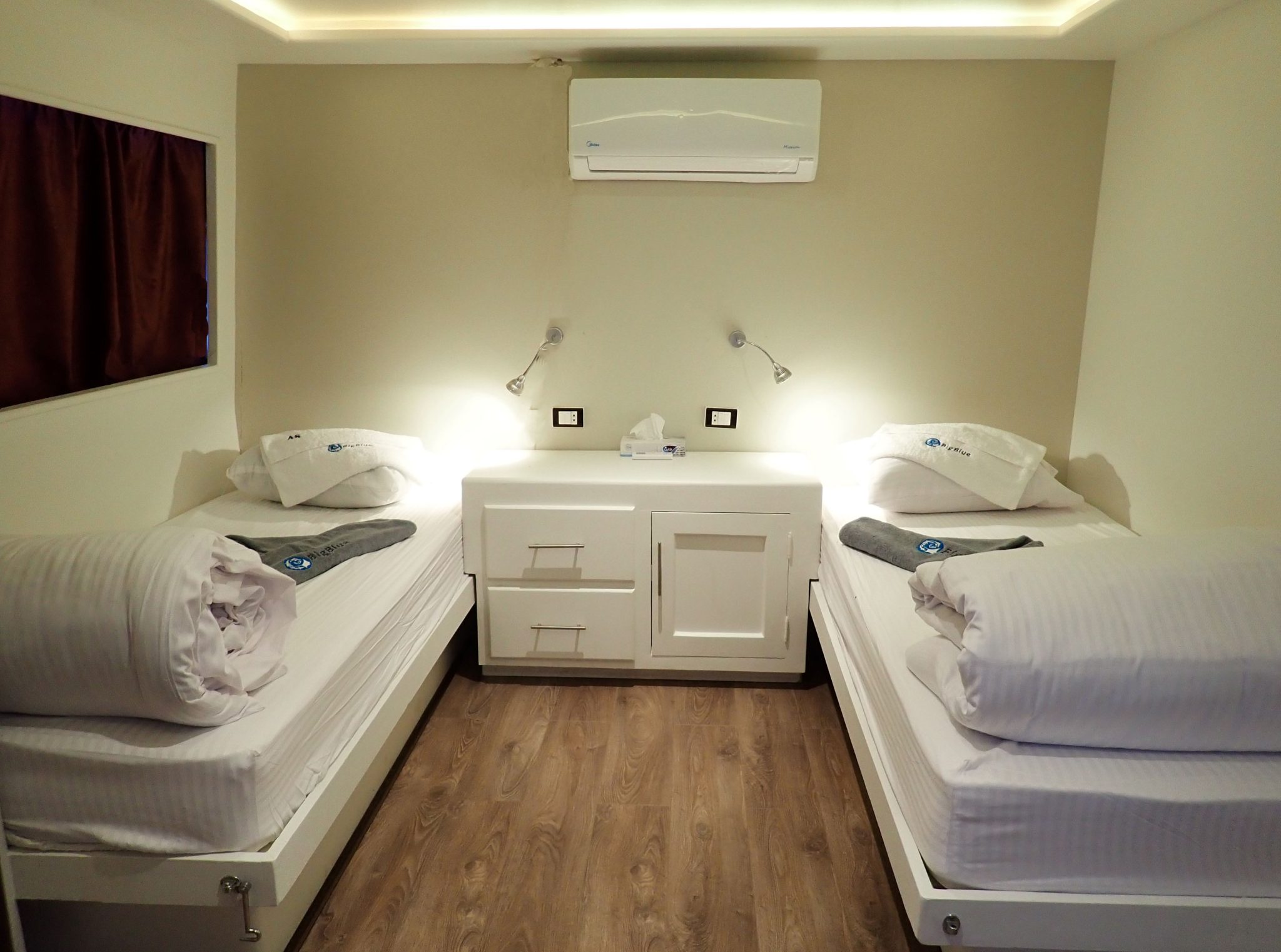
Ample dive deck for divers & snorkelers.
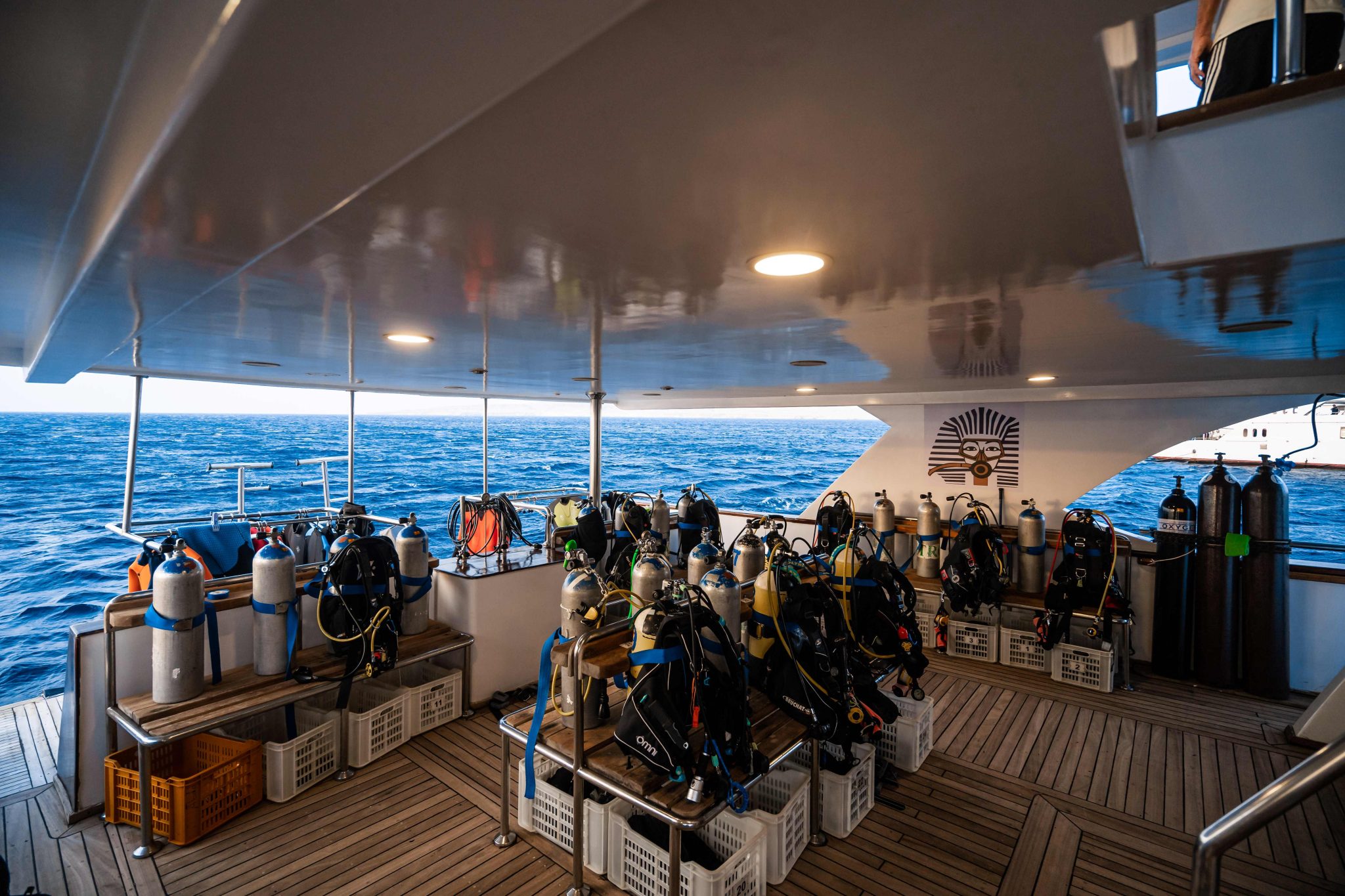
Safety is everyone’s priority, whether you are relaxing on board, swimming, snorkelling or diving.
On board Big Blue is fitted with smoke alarms, emergency lighting and a fire alarm system. The lower corridor has a full-size door fire exit at the bow and open stairs to the stern. There are evacuation plans in each room along with life jackets, glass breaker tool and a fire extinguisher.
BOOK NOW: INFO@PHARAOHDIVECLUB.COM / TEL: +44 7598 329059 or +20 100 6822000
Red Sea Splash at Fury Shoals is a very rare opportunity to get involved with marine biology expedition for children and adults. Open Ocean biologists are on board to provide fascinating and entertaining facts about the marine life you will see. The team will provide workshops on marine life identification and survey methods both of which, should you wish, you will have the chance to put into practice during your safari.
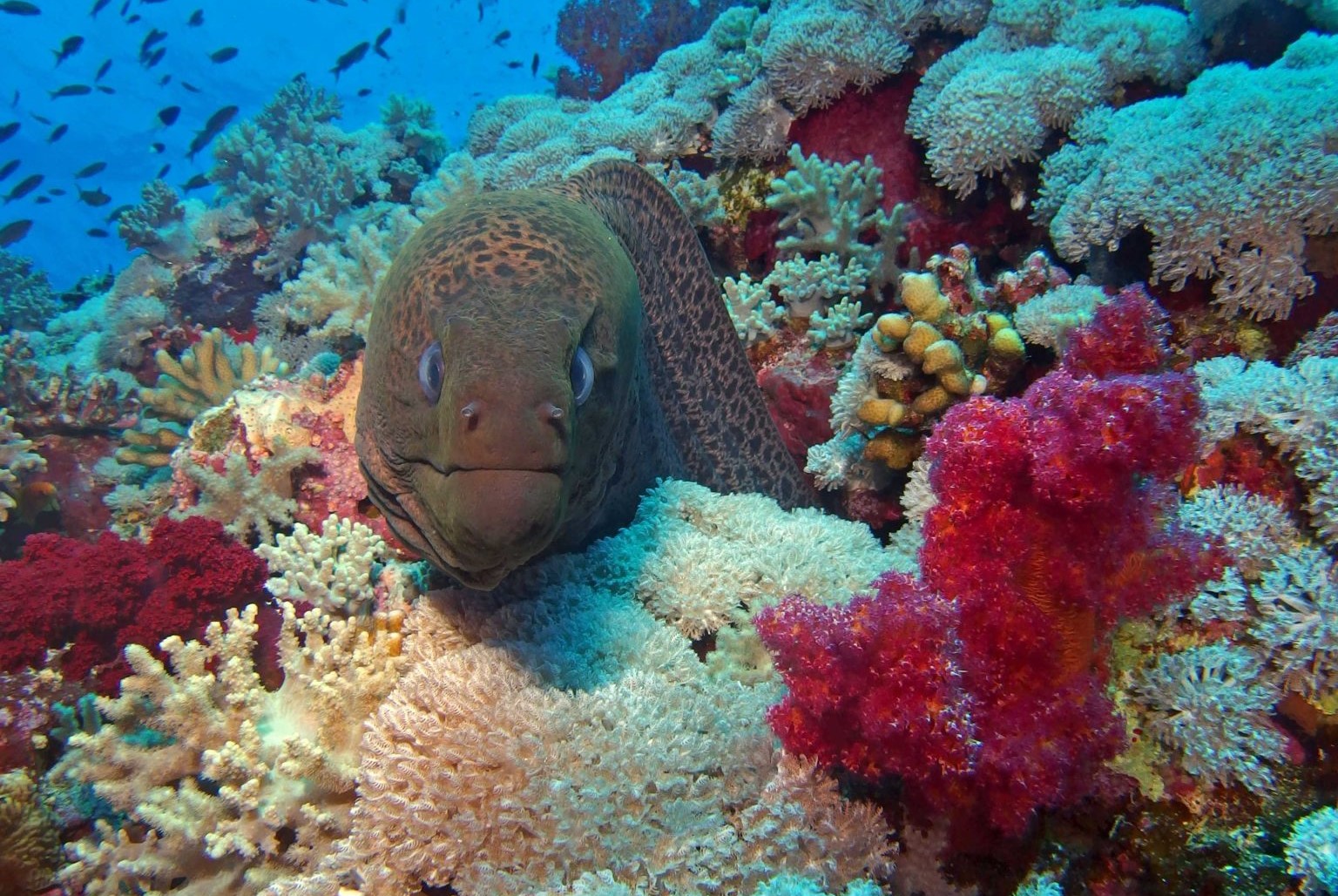
The week is open to snorkelers, scuba divers and non divers too!
Fury shoals is perfect for first time mariners as it offers plenty of protection from the weather.
We board at Port Ghaleb on Saturday evening and prepare to set sail early on Sunday morning.
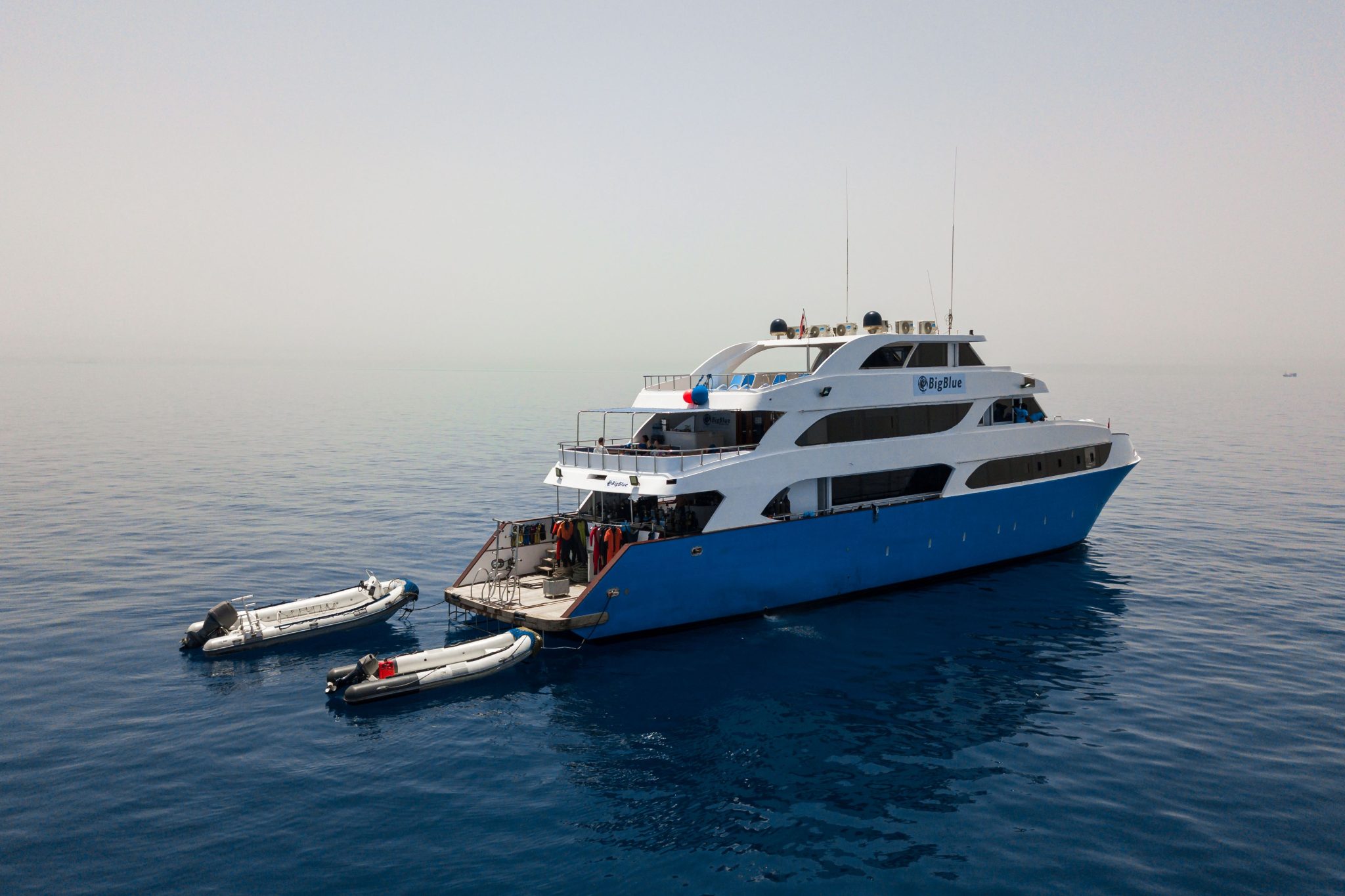
Heading south, our first day will be diving the reefs of Abu Dabbab before sailing overnight to reach our ultimate destination the Fury Shoals.
Here we will spend four days swimming, snorkelling and scuba diving amazing reefs. This includes guaranteed DOLPHIN encounters at Sataya Reef! After the last dive we haul anchor and head back to Abu Dabbab for our final two dives before disembarking our boat BIG BLUE.
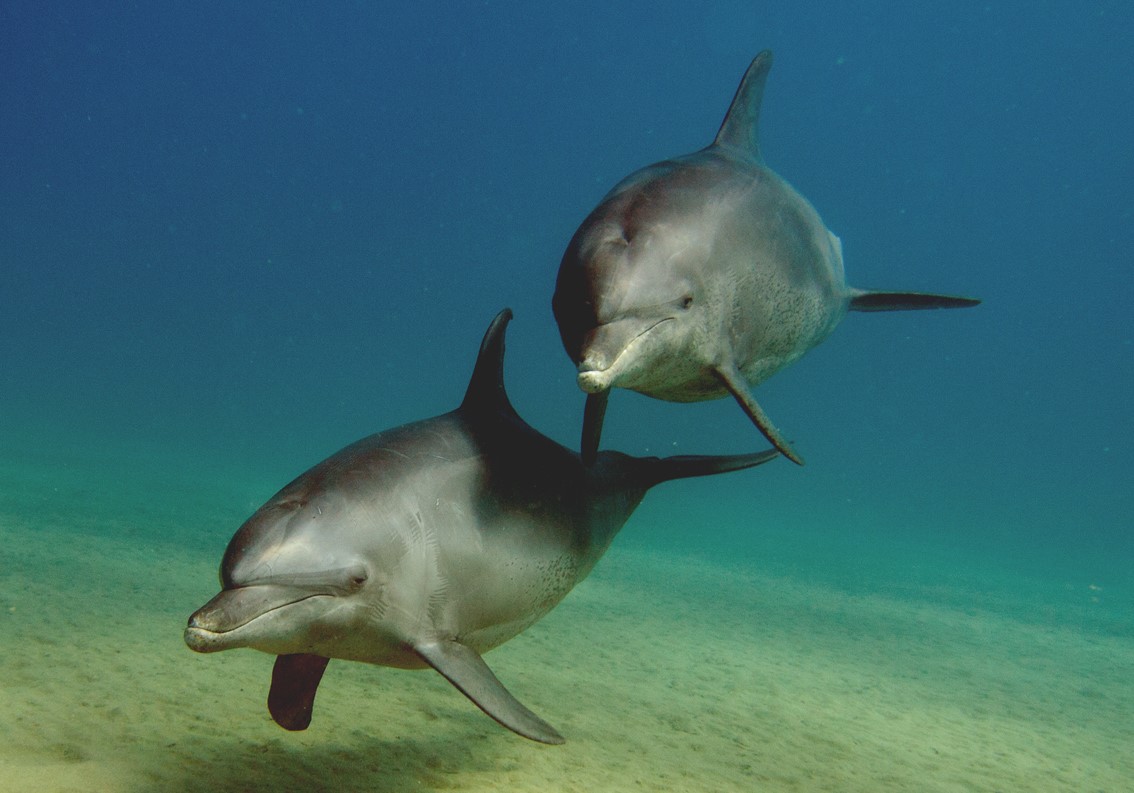
Camp Extension Cost*
Adult £650 per adult
Under 16 £350 per child
BOOK NOW: INFO@PHARAOHDIVECLUB.COM / TEL: +44 7598 329059 or +20 100 6822000
FURTHER INFORMATION – INFO@PHARAOHDIVECLUB.COM
TEL: +44 7598 329059 or +20 100 6822000
Blogs
Meet Pure Dive Resort: Your Gateway to Unforgettable Diving in Bali, Indonesia
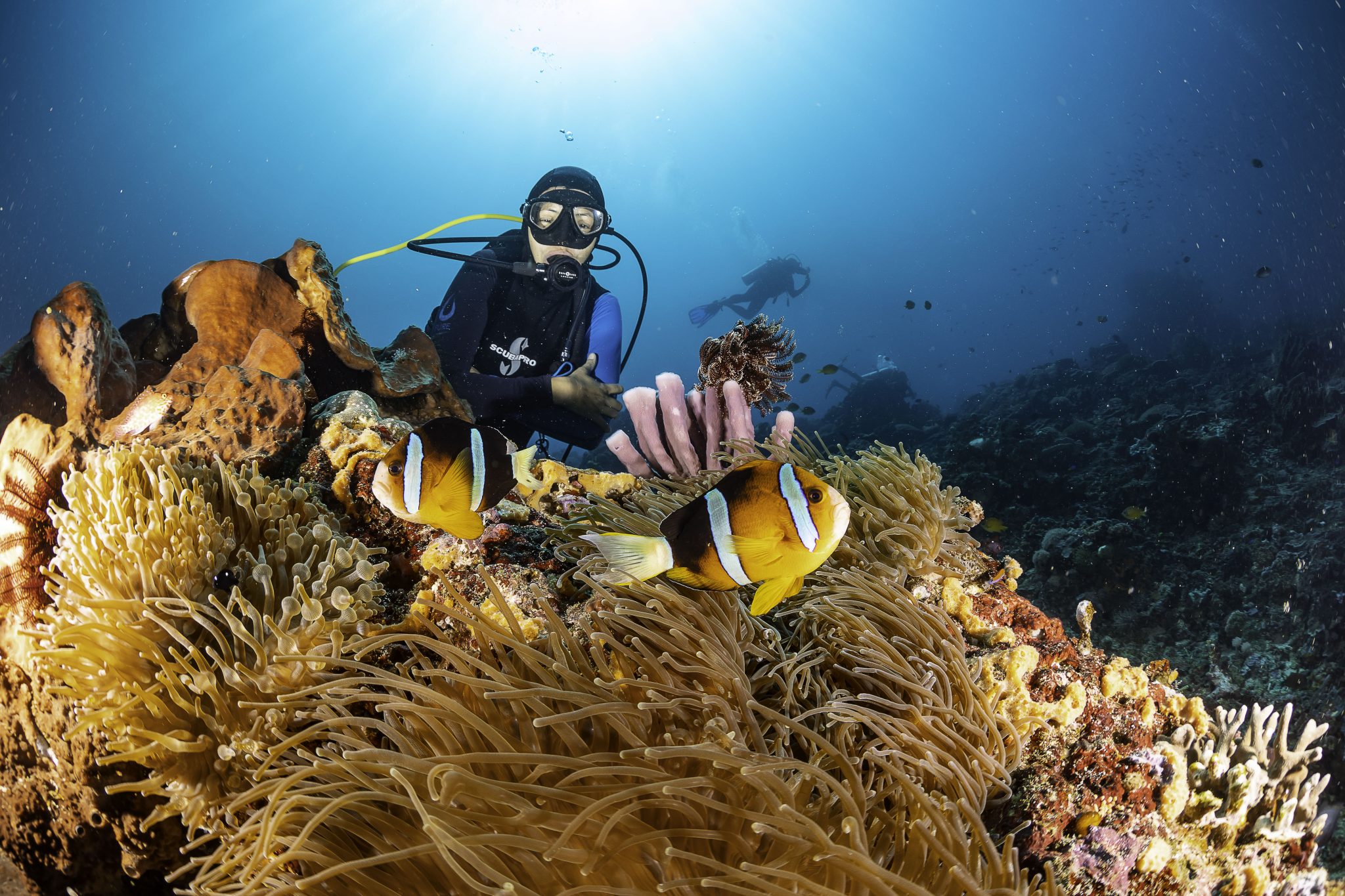
If you’re passionate about the underwater world, listen up! We’ve got an incredible opportunity for you to experience the vibrant reefs and majestic marine life of Nusa Penida, Bali, Indonesia.
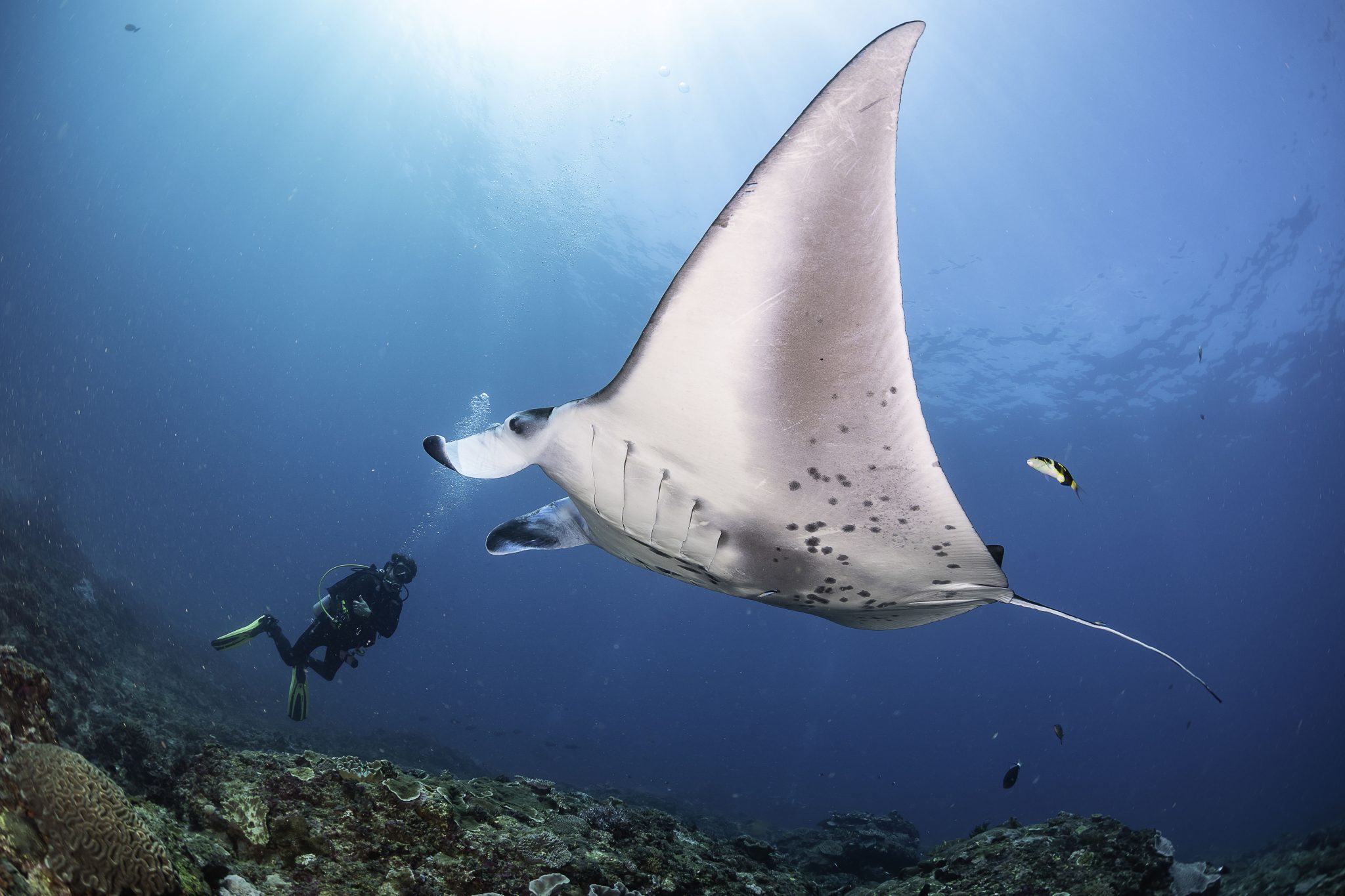
info@purediveresort.com / +62 811 3999852 / www.purediveresort.com
Pure Dive Resort isn’t just another dive centre; it’s a team of experts dedicated to providing world-class scuba diving and freediving adventures around Nusa Penida, Lembongan, Ceningan, and even Bali.
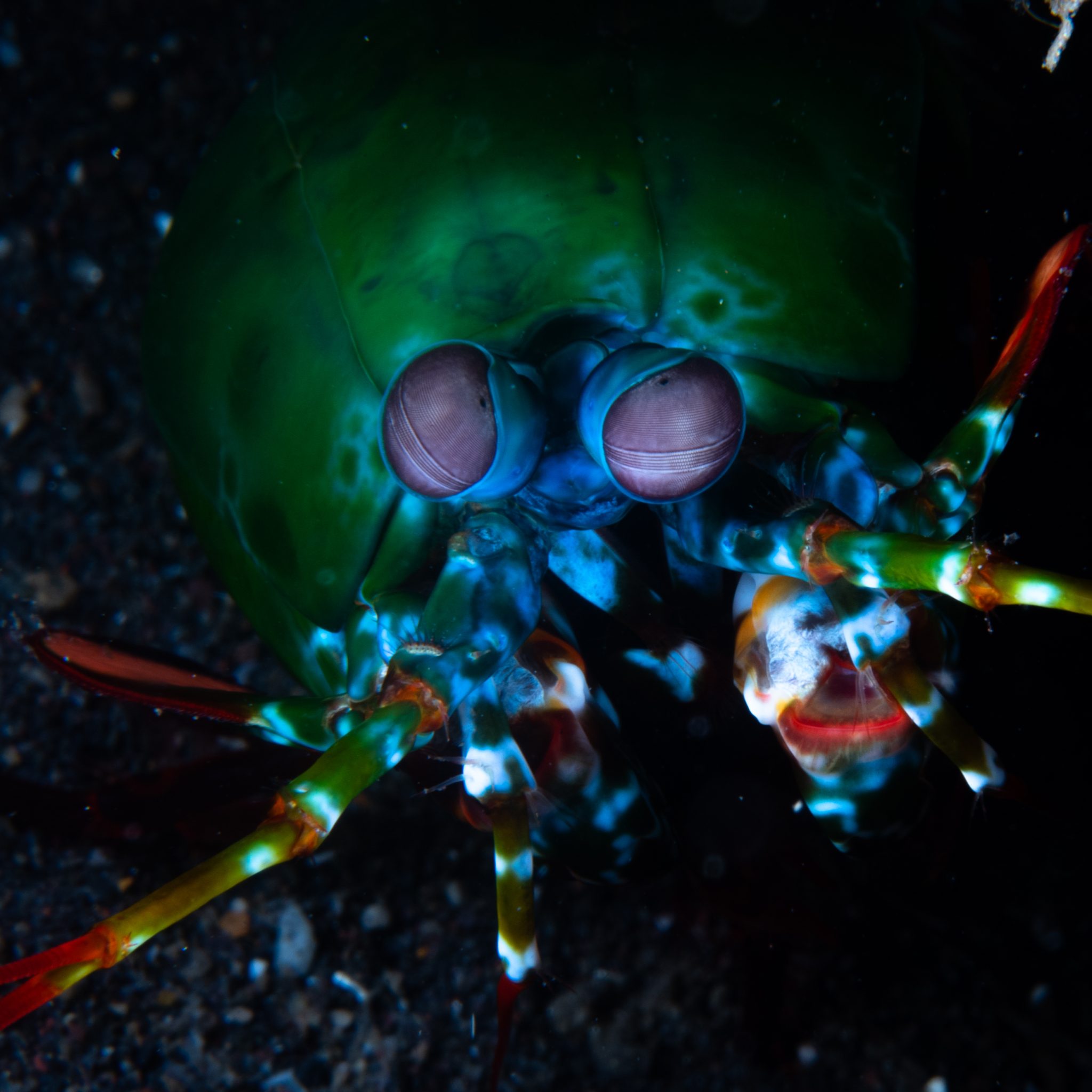
info@purediveresort.com / +62 811 3999852 / www.purediveresort.com
Whether you’re a seasoned diver or completely new to the sport, Pure Dive Resort has something for you:
For certified Divers: Discover stunning dive sites, encounter manta rays, seasonal mola-mola (sunfish), and a dazzling array of marine life.
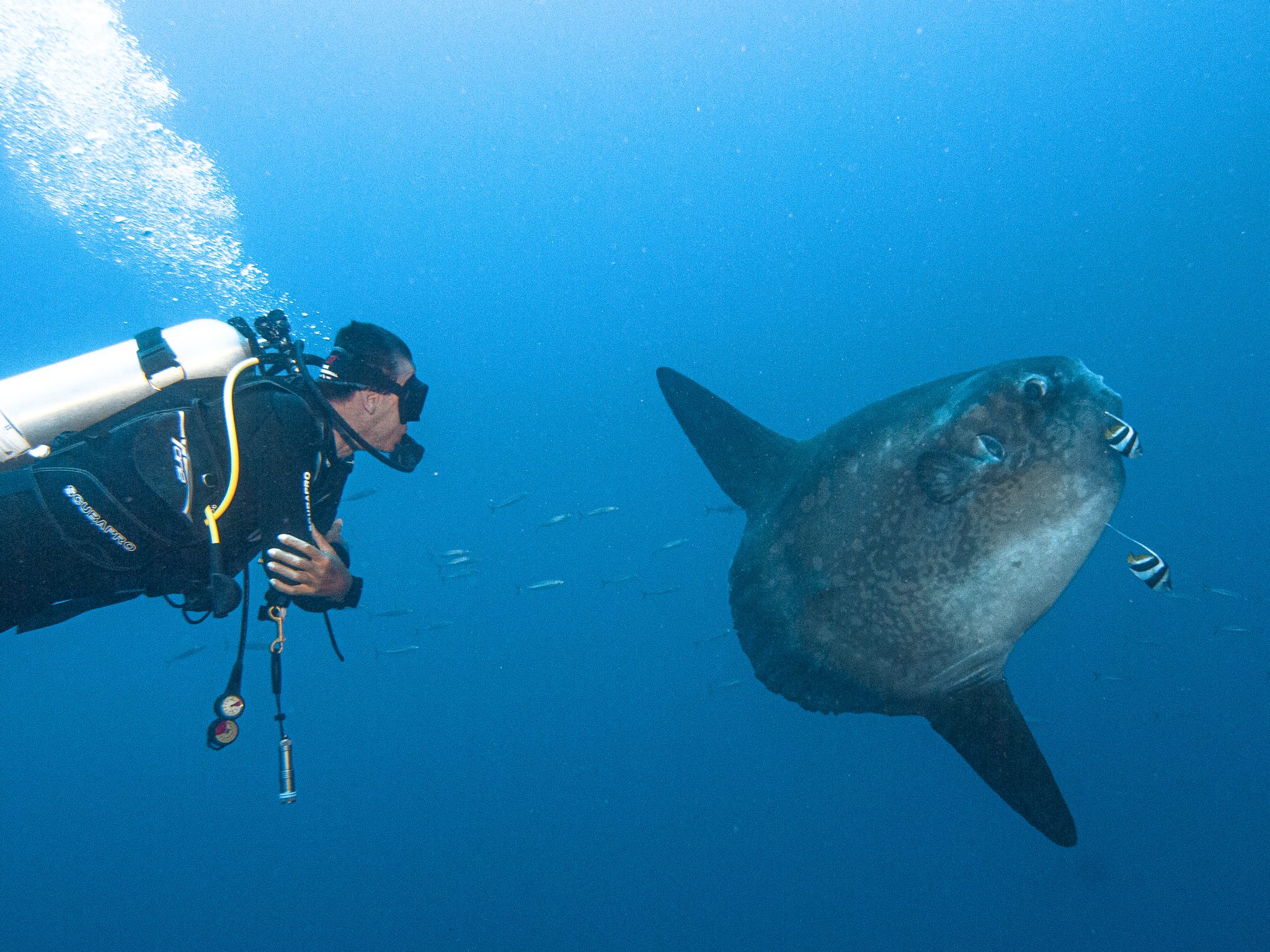
For beginners: Embark on your scuba journey with beginner programs like Try Scuba and Basic Diver, Open Water and Advanced certifications.
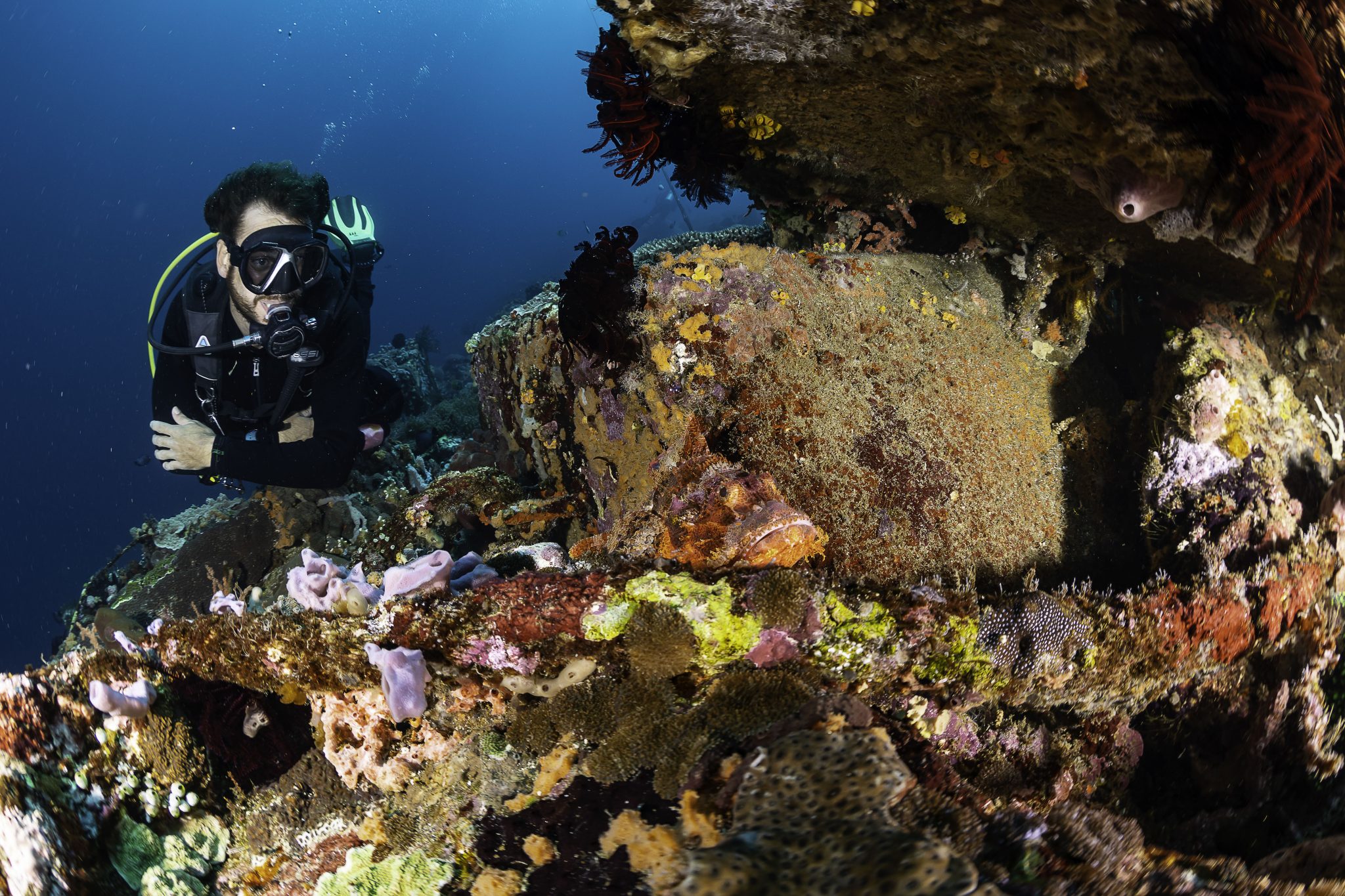
Freedivers: Explore the depths on a single breath with guided freediving experiences and courses.
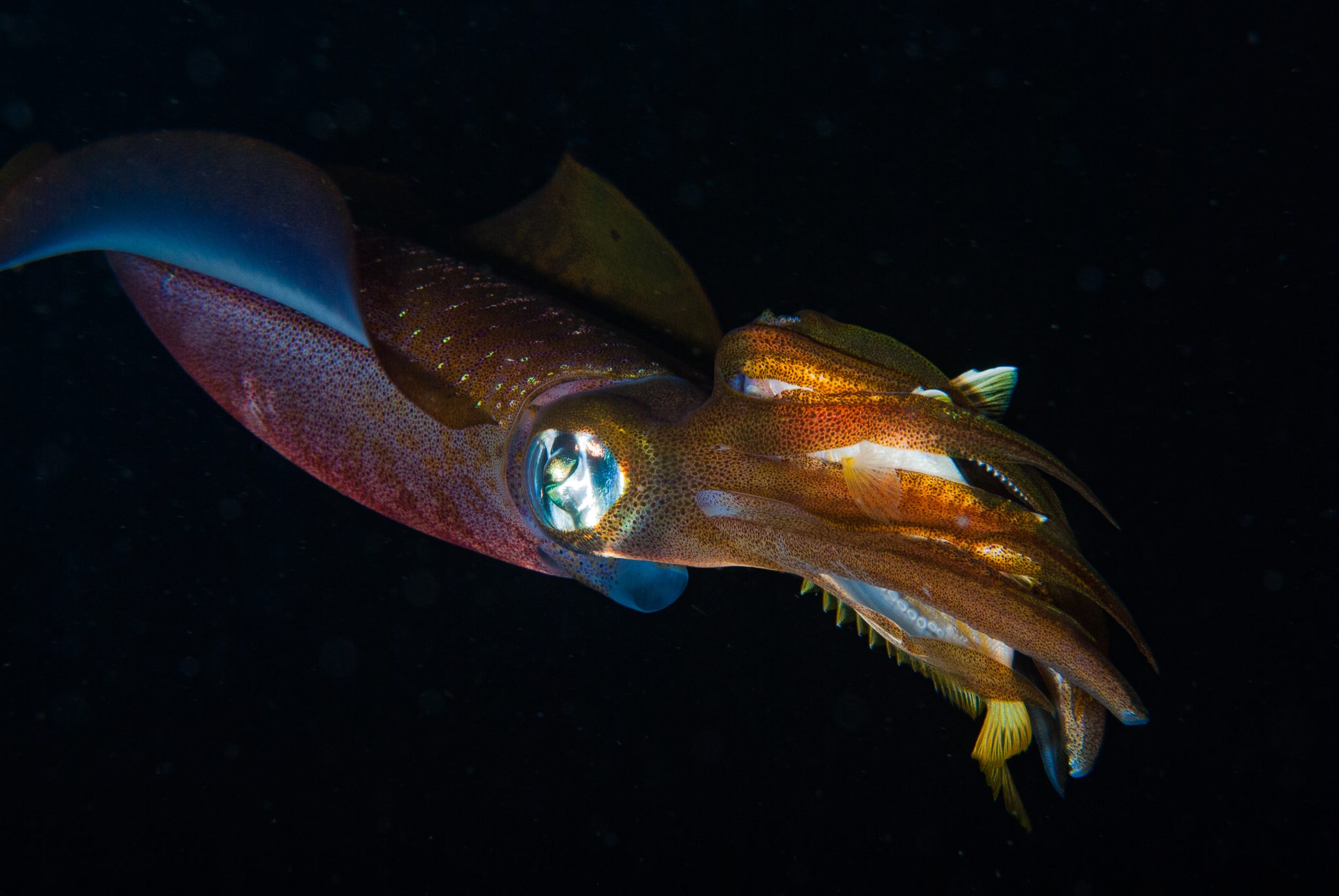
Exclusive Scubaverse Offer: Save on Your Next Adventure
As a valued Scubaverse follower, you get an exclusive 10% discount on any Dive & Stay or Learn & Stay package booked at Pure Dive Resort for 2024. Dive into the crystal-clear waters, explore breath-taking reefs, and create unforgettable memories in this diver’s paradise.
Visit https://www.purediveresort.com/package-offers/ to explore amazing packages and claim your discount with the code: SCUBAVERSE10
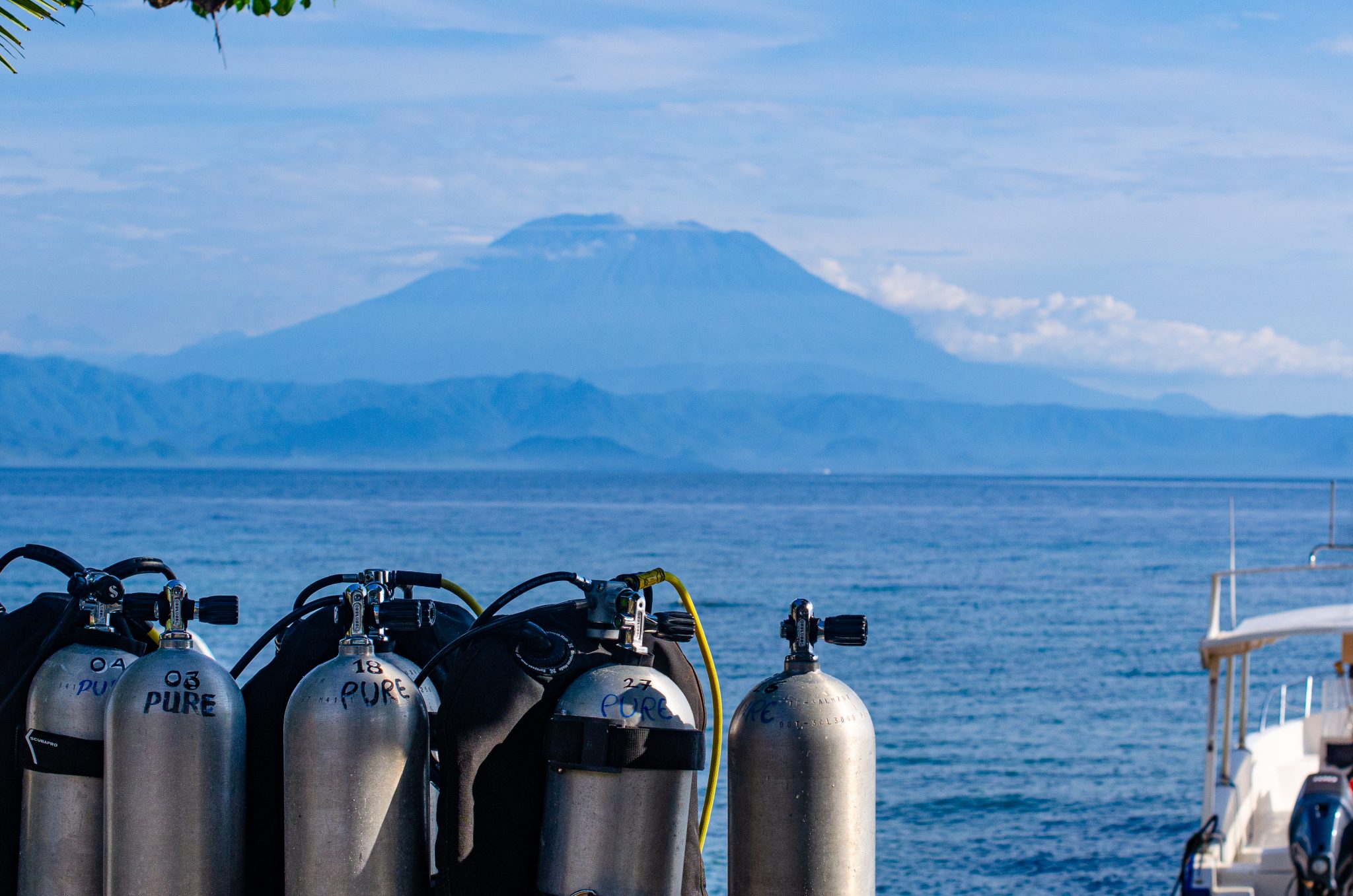
info@purediveresort.com / +62 811 3999852 / www.purediveresort.com
Ready to make a splash?
See you in Nusa Penida!
-

 News3 months ago
News3 months agoHone your underwater photography skills with Alphamarine Photography at Red Sea Diving Safari in March
-

 News2 months ago
News2 months agoCapturing Critters in Lembeh Underwater Photography Workshop 2024: Event Roundup
-

 Marine Life & Conservation Blogs2 months ago
Marine Life & Conservation Blogs2 months agoCreature Feature: Swell Sharks
-

 Blogs2 months ago
Blogs2 months agoMurex Resorts: Passport to Paradise!
-

 Blogs2 months ago
Blogs2 months agoDiver Discovering Whale Skeletons Beneath Ice Judged World’s Best Underwater Photograph
-

 Gear News3 months ago
Gear News3 months agoBare X-Mission Drysuit: Ideal for Both Technical and Recreational Divers
-

 Gear Reviews2 months ago
Gear Reviews2 months agoGear Review: Oceanic+ Dive Housing for iPhone
-

 Marine Life & Conservation2 months ago
Marine Life & Conservation2 months agoSave the Manatee Club launches brand new webcams at Silver Springs State Park, Florida




